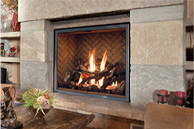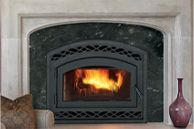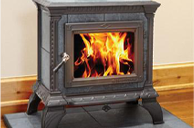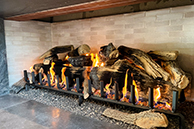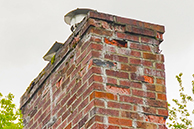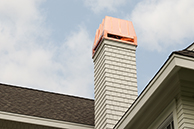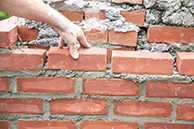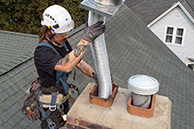Each year, millions of people enjoy the warmth, comfort and utility of modern fireplaces. Today, many gas fireplaces, stoves and inserts have glass fronts to enhance the beauty of the fire. While gas fireplaces, stoves and inserts are a great asset to any home, glass fronts can become extremely hot during and even long after operation. Therefore, it’s important to remember, touching the hot glass front can lead to serious, irreversible burns. Below is information that will allow you to continue to enjoy the many benefits of your gas fireplace, stove or insert while providing an added level of safety against burns.
Preventing Burns
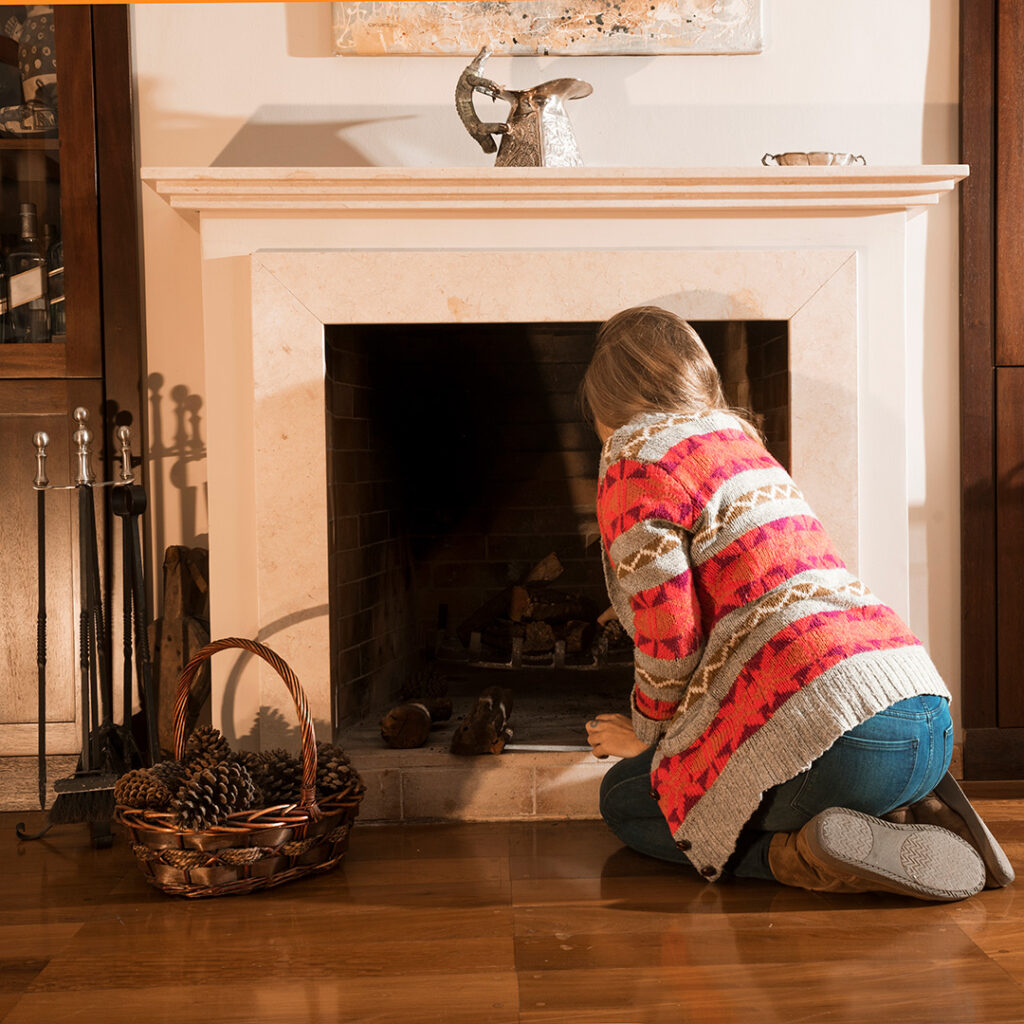
To minimize the chance of burns from hot glass, follow these safety tips:
- Always supervise children, the aged, infirm or pets near an operating gas fireplace, stove or insert – or one that has recently been turned off.
- Keep the remote control (if available) out of the reach of children.
- Install a switch lock to prevent children from turning on the appliance.
- Make sure family members and guests are aware that the glass panel of a gas fireplace, stove or insert can be very hot.
- Wait for the appliance and glass panel to cool down before allowing anyone to get near it. Cool down can take a long time – an hour or more. Some appliances turn on and off automatically with a thermostat, so you may not know when the fire turned off. Always consider the glass as potentially hot.
- Be aware that metal surfaces, such as door frames and grilles, may also get hot.
- Always read the owner’s manual and follow instructions. For example, there may be ways to disable your remote when not in use.
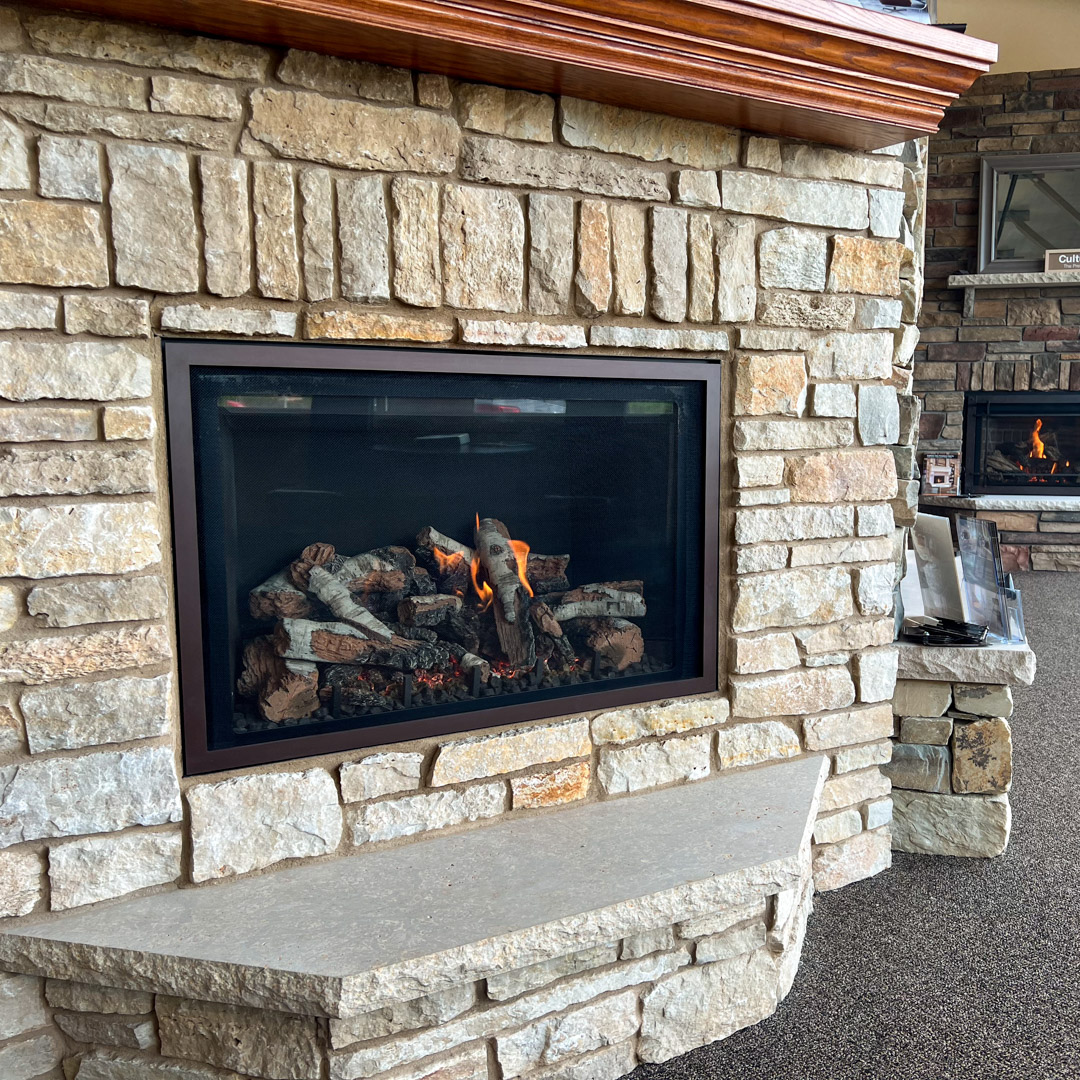
New Safety Standard
Starting January 1, 2015, all newly manufactured glass-fronted gas appliances – that means fireplaces and heaters – will require a protective barrier if their glass surface temperature exceeds 172 degrees Farenheit. This safety standard requires that the barrier must be in place when the product is installed.
This new standard follows more than four years of research, testing and discussions on how best to reduce the potential hazard posed by hot glass surfaces to at-risk people, especially children. By attaching a barrier to the glass front, contact with hot surfaces becomes less likely.
 Active-Duty Military Owned
Active-Duty Military Owned
